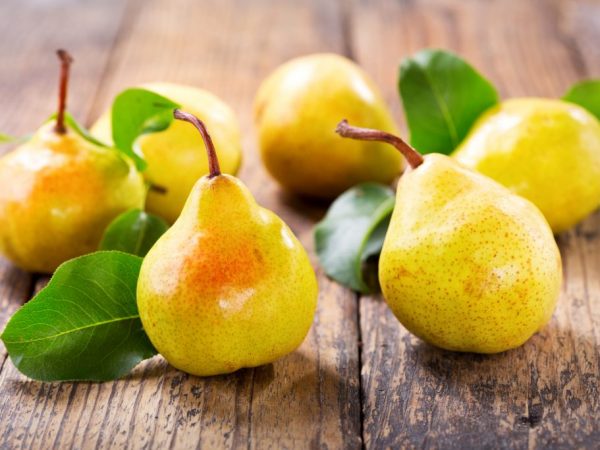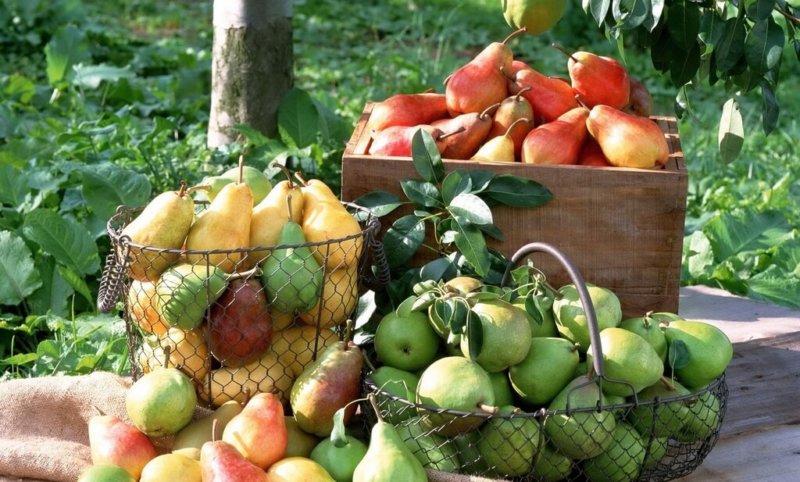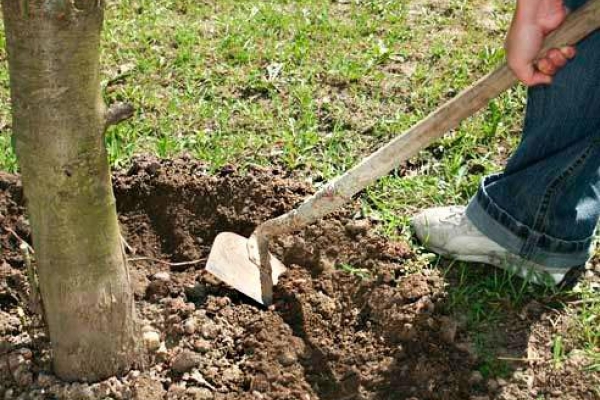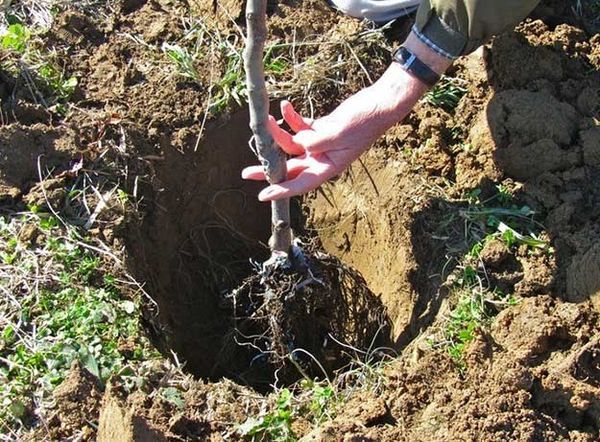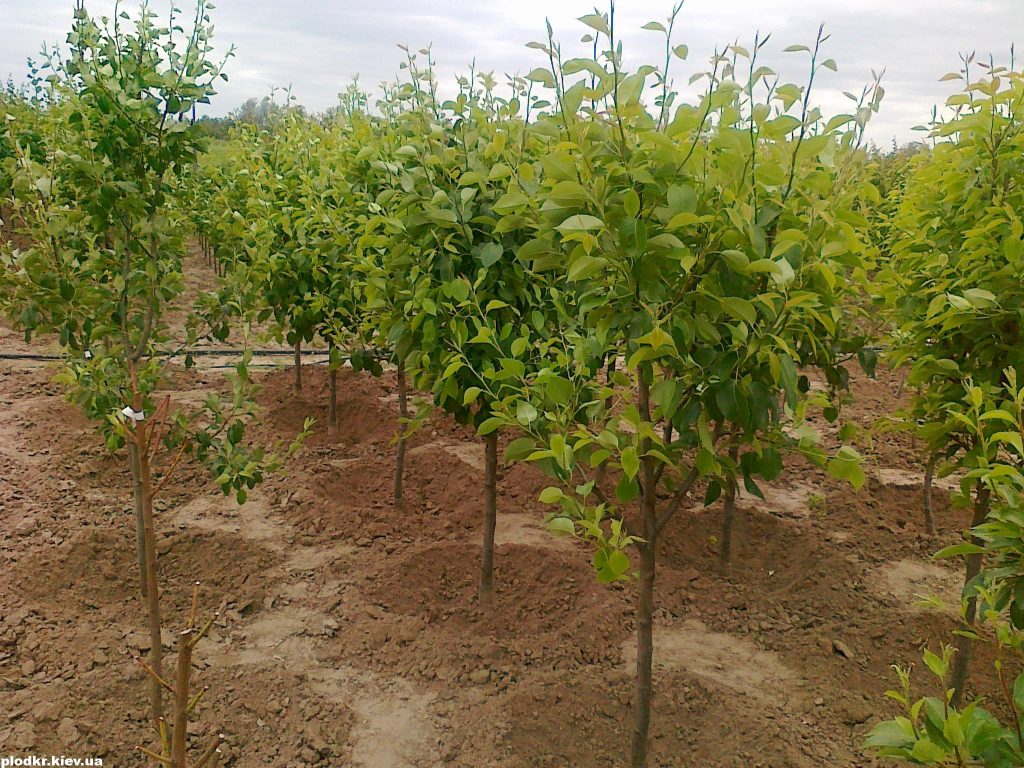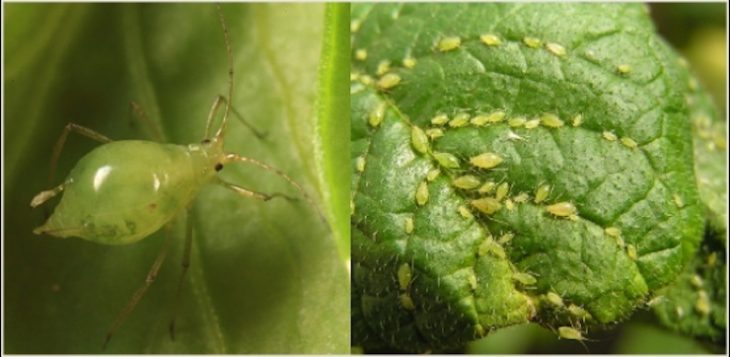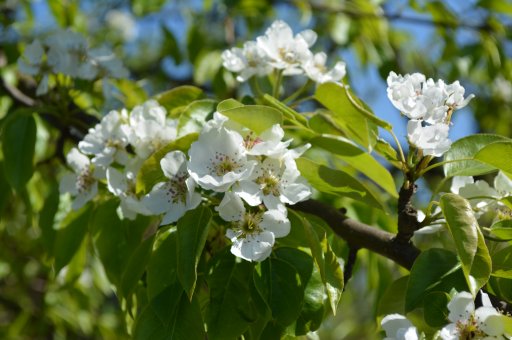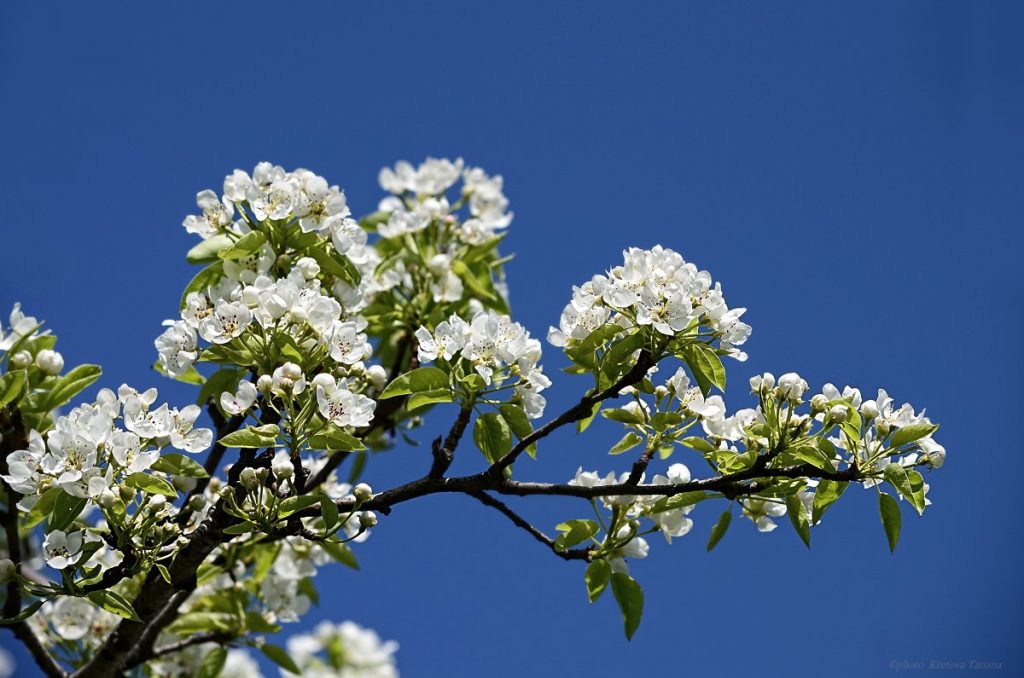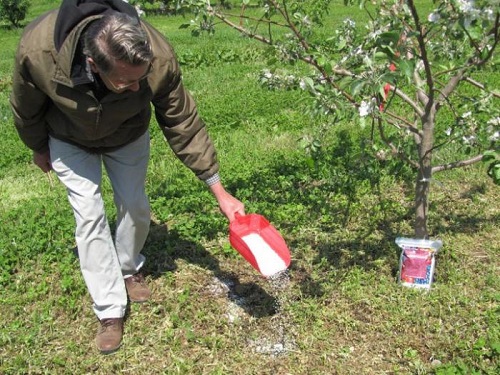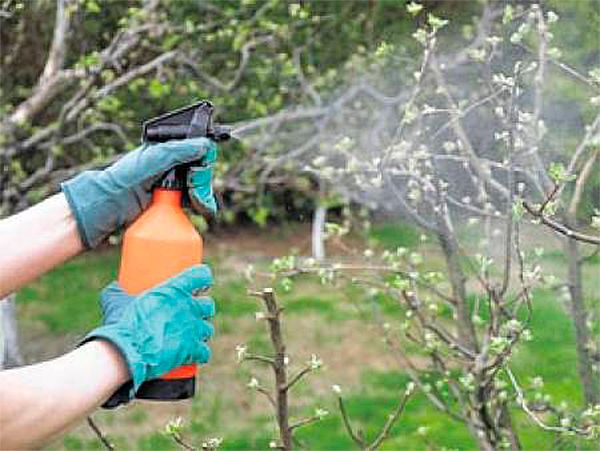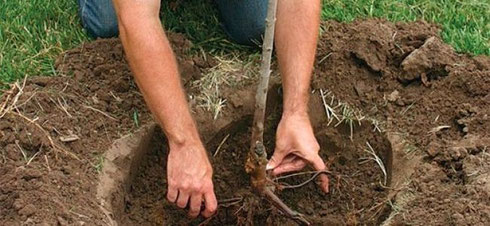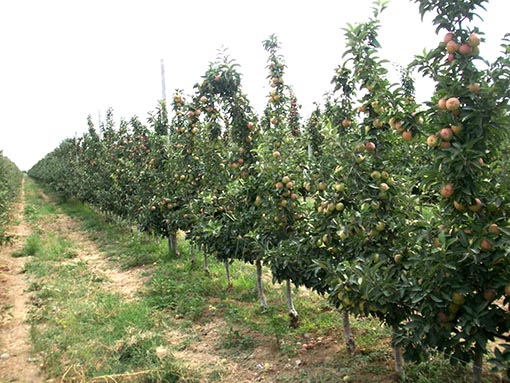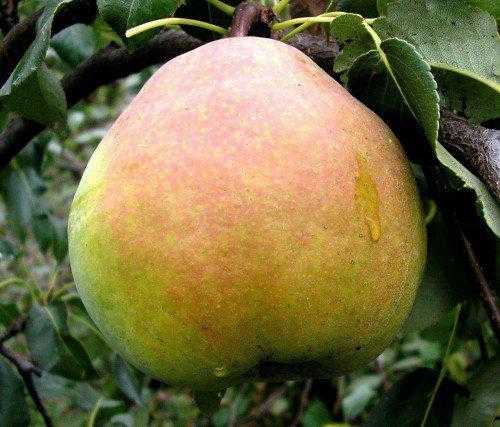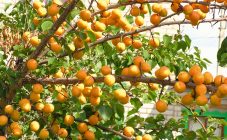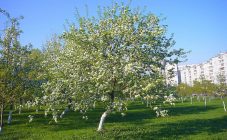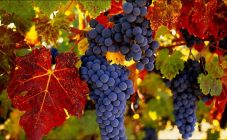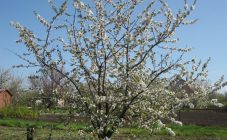Content:
When purchasing and planting pear seedlings on your site, you want to admire how they will begin to bloom next spring, and then taste healthy and juicy fruits. But it can take a long time before the first harvest appears. The plant needs to adapt, grow and get stronger.
Pear varieties are characterized by different periods of fruit formation. The minimum time for the appearance of the first harvest can be observed, for example, in such a variety as Moskvichka. This will happen in the third year after planting. If "Krasnobokaya" or "Larinskaya" appeared on the site, then they will begin to bear fruit a little later, in the fourth or fifth year after planting the seedling. Another year later, the "Beauty" variety begins to please. There are varieties, the fruits of which first appear only after a decade.
Growing pears is not an easy process. Lovers of this fruit plant should remember its capriciousness, know the reasons for the lack of fruitfulness and the means used to obtain a good harvest. If the time allotted for a particular variety for the appearance of the first fruits has already passed, and there is still no harvest, it is worth thinking about why the pear does not bear fruit, and how much time it will take to make fruiting annual.
Reasons for the lack of fruit
There are several reasons that can inhibit the appearance of fruits:
- Features of the variety. This is the very first reason that can explain the lack of fruiting in pears. Being a biological trait, this feature sometimes makes gardeners languish in anticipation for several years. So that a long period of stagnation does not disturb, it is necessary to clarify information on the timing of fruiting when buying seedlings, because each variety has its own. Some of them will be able to please with fruits already in the third year, others may need more than 10 years for this.
- Soil nutrition deficiency. There may be a lack of any element in the soil, then the pear seems to fall into suspended animation - all processes in the plant slow down. This does not affect the development of the root system, which, even with a lack of elements, will feel great. But with root growth and insufficient nutrition, the fruits will not be able to form. In this case, the pear will not bloom or bloom, but the fruits will not be tied.
- Incorrect planting of the pear. When planting a pear, it is imperative to observe the directions of the cardinal points, this is very important for a plant. Planting should take place in exactly the same order in relation to directions as it was in the nursery or other place of the previous growth. It is important to place the root collar at the correct depth: its position must correspond to the soil level. Deep burying will lead to a delay in fruiting, high burrowing will lead to freezing of the roots.
- Wild pear. If the seedling is not bought in the nursery, there is a high probability of purchasing not a varietal pear, but its wild brother. At the same time, for a long time, this may not even be understood. The plant itself will develop well, but even the fruits obtained after many years will have a sour taste and small size. Grafting cuttings of other varieties to such a savage is a painstaking and complicated business, only specialists can do, for the rest it is a waste of time and effort. The most reasonable solution in this case would be to cut down and uproot a wild specimen.
It will be useful to learn to recognize a varietal seedling from a wild one. This will help a visual inspection of the base of the seedling. Slightly above the root collar, after 5 cm, you can observe the grafting site, there are no thorns on the trunk, it itself does not differ in a perfectly straight shape. All these signs will tell you that this is really a varietal pear.
- Poor lighting. When planting a seedling, it is important to choose the right place for its further growth. Despite the fact that the pear is a tall plant with a spreading crown, many gardeners plant it in the shade, assuming that over time the plant will come out of it, overtaking the rest of its "neighbors" in growth. Sometime this will happen, but the entire period while the pear develops and grows in growth, trying to get out of the shade, it may take even a dozen years, there will be no fruiting. In a lack of lighting, the pear will not bear fruit, although it can bloom every year.
- Pests. A pear can be affected by such pests as pear honeydew, apple blossom beetle, moth.
Pear blossoms, but does not bear fruit
Flowering pears are not a guarantee of successful fruiting. Many gardeners often complain and are looking for an answer to the question of why a pear blossoms but does not bear fruit. What to do? This situation may be the result of a lack of pollination or a reaction to frost.
If there is no pollination, then the possible reason is that only one pear grows on the site. To solve the problem, two or more varieties of seedlings are needed, between which cross-pollination will occur, making every year fruitful. The susceptibility of pistils can also be facilitated by treating them with 1% boric acid solution.
Spring frosts are a difficult problem. They have a detrimental effect on the life of the ovary, the flowers can partially or completely cease to perceive pollen, sometimes they become sterile. Experienced gardeners in the most critical moments of frost try to smoke areas, but such actions are ineffective. Therefore, it is necessary to focus on long-term weather observations of past years. If such frosts are regular and are considered a common occurrence for a given region, then it is more advisable to grow autumn and winter varieties on the site, the flowering time of which does not fall within the period of frost.
How to increase fruiting
It happens that the plant seems to fall into suspended animation, all growth processes slow down. Not that the fruit, even the flowering may be missing. The feeling that the pear is not growing or dying. What to do in such a situation?
The probable reason for this condition may be an acute shortage of the elements necessary for the plant in the soil. In this case, fertilization is required, but it is important to be extremely careful. An overdose can do even more damage than a deficiency. For example, excess nitrogen affects the active formation of the vegetative part of the plant (leaves and shoots); it will be very difficult to make a pear blossom.
Suppose a theoretical situation: the composition of the soil is known, there is not a single necessary element in it. The results of the study confirm the picture of an acute shortage of all elements. This means that the soil requires phosphorus, nitrogen and potassium.
The timing of the fertilization must be observed. If potassium and phosphorus can be fertilized at any time, then nitrogen can be applied only in the spring. The pear does not have high winter hardiness, therefore, fertilizing it with it in the second half of July-August or in autumn, you can again stimulate the growth of the pear, which will lead to freezing or death of the plant in the winter.
Excess moisture as a result of heavy watering or prolonged rains can also deprive the pear of the ability to bear fruit. This is why the pear sheds fruit ovaries when it is excessively hydrated. It is difficult to save a pear from natural phenomena, it will not be difficult to provide adequate watering and place a seedling in a place where groundwater is not close to the surface.
For good yields, the pear must be placed on neutral soil. High acidity of the soil will interfere with flowering and fruit formation. The presence of an acidic soil environment is evidenced by the growth of horse sorrel, nettle and horsetail next to the seedling. Lime will help to bring the soil to a neutral pH environment, which must be applied in a ratio of 200 grams per 1 m2 of soil.
Early fruiting depends on the quick and easy survival of the seedling in a new place: the faster the plant adapts to a new place, the earlier it will begin to bear fruit. Therefore, the primary task for gardeners is to create conditions as close as possible to those that were before the time of transplantation. Even the placement of the seedling should coincide with the already oriented cardinal points. The northern side of the plant in the new place should also "look" to the north, the southern side to the south. The crust will help to figure out the directions of the sides: the south side will be darker and tanned, the north side will remain light.
Varieties with late fruiting dates
There are varieties that are able to bring the first harvest only after a decade. These include all Far Eastern varieties, among which “Josephine”, “Mechelnaya” and “Bere Slutskaya” are especially popular. This feature is quite understandable: growing in harsh conditions, it is important for plants to survive them, while developing and acquiring strength, resistance to temperature and bad weather. This takes many years, after which you can get a tasty and rich harvest.
Competent care and cultivation of pears will surely please with a rich and healthy harvest.
